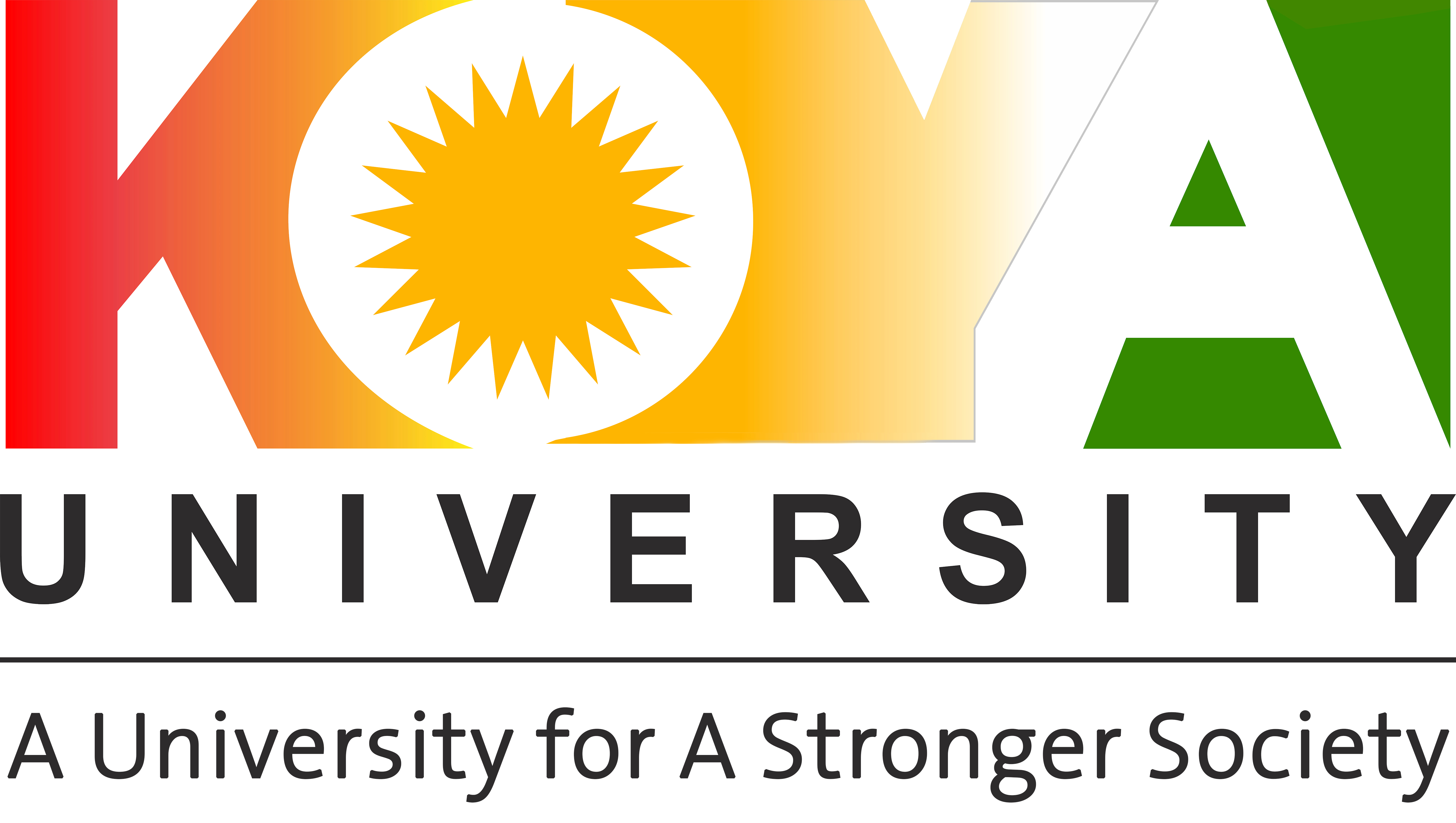Three students, one from the Department of Software Engineering and two from the Department of Architectural Engineering, at Koya University got full M.Sc. scholarships from the Nankai University, China and Southwest University of Jiaotong, China. These two scholarships from both universities were granted to the three students at Koya University based on the memorandum of understanding with Koya University and the Ministry of Higher Education and Scientific Research - KRI.
The Students are:
- Alan Nahru Tawfiq, Department of Software Engineering: Scholarship from Nankai University.
- Dnya Dlshad Jumaa, Department of Architectural Engineering: Scholarship from Southwest University of Jiaotong.
- Ahmad Jabar Ibrahim, Department of Architectural Engineering: Scholarship from Southwest University of Jiaotong.
About the Southwest Jiaotong University
Southwest Jiaotong University (Chinese: 西南交通大学; pinyin: Xīnán Jiāotōng Dàxué) is located in national central city Chengdu, Sichuan Province, affiliated to the Ministry of Education of the People's Republic of China. It's a national key university co-built by the Ministry of Education of the People's Republic of China, China Railway Corporation, Sichuan Province and Chengdu City.
SWJTU was founded in 1896 and is one of China 's leading engineering universities. Known as the cradle of China's railway engineers and “the Cornell of the East”, SWJTU is the birthplace of China's modern education in transportation, mining & metallurgy, and civil engineering. Through its history, the university has adopted different names such as “Imperial Chinese Railway College”, “Tangshan Jiaotong University” and “Tangshan Institute of Railway”.[1]
SWJTU is consistently ranked as one of the top universities in China, placing 181-190 in The Times Higher Education Asia University Rankings 2016[2] and ranking 161 in The Times Higher Education BRICS & Emerging Economies 2016. To date, SWJTU faculty and alumni have won 57 fellowships to the United States and China National Academy of Sciences.[1] It is a Chinese Ministry of Education Double First Class Discipline University, with Double First Class status in certain disciplines.[3]
About Nankai University
Nankai University (NKU or Nankai; simplified Chinese: 南开大学; traditional Chinese: 南開大學; pinyin: Nánkāi Dàxué) is a public research university located in Tianjin, China. It is a member of the prestigious project 985 and project 211 group of universities and a Chinese Ministry of Education Class A Double First Class University.[2][3] It was founded in 1919,[4] by educators Yan Xiu and Zhang Boling.
During the Sino-Japanese War (1937–1945), Nankai University, Peking University and Tsinghua University merged and formed the National Changsha Provisional University, which later moved to Kunming and was renamed the National Southwestern Associated University (西南联大). On 25 December 2000, the State Ministry of Education signed an agreement with Tianjin Municipal Government to jointly establish and develop Nankai University. Since then, Nankai has been listed among the universities to receive priority development investments from the Chinese government in the twenty-first century.
Nankai has long been recognized as one of the most prestigious universities in China,[5] constantly ranked among various top 10 lists of Chinese Universities.[2] As a comprehensive university with a wide range of disciplines, Nankai features a balance between the humanities and the sciences, a solid foundation and a combination of application and creativity. The university has 26 academic colleges, together with the Graduate School, the School for Continuing Education, the Advanced Vocational School, the Modern Distance Education School, and categories covering literature, history, philosophy, economics, management, law, science, engineering, agriculture, medicine, teaching and art. The university is especially well known for its economics, history, chemistry, and mathematics research and study.[6]
Nankai's alumni include the first Premier of the People's Republic of China Zhou Enlai, mathematician Shiing-Shen Chern and Nobel laureates Chen Ning Yang and Tsung-Dao Lee.[7][8][9][10]
----------
Koya University (KOU) is located in the city of Koya (Koy Sanjaq) which is 1.0 hr drive to the East of the Kurdistan Region capital Erbil (Arbil, Hewlér) in Kurdistan Region of F.R. Iraq. It is on the foothills of beautiful high mountain. Its campus has been carefully laid out to embrace the beautiful mountainous nature. . There are 4 Faculties and 2 Schools in KOU; Faculty of Engineering (FENG), Faculty of Science and Health (FSCH), Faculty of Education (FEDU), Faculty of Humanities and Social Silences (FHSS), Shcool of Physical Education (SPHE) and School of Medicine (SMED). Also, there are two research centers; Genome Center and Malai Gawra Center. Moreover, at KOU there is an English Language Center (BELC) at KOU has been opened with the sponsorship of IREX and American embassy in Baghdad as well as with the support of Spring International Language Center of The University of Arkansas. KOU has two Scientific Journals; ARO-The Scientific Journal of Koya University, which is indexed by Clarivate Analytics (ESCI), and Koya University Journal of Humanities and Social Sciences (KUJHSS). KOU is a proactive member of Erasmus/ Marhaba Project and Erasmus+. KOU signed many Memorandum of Understandings (MoU) with many International Universities, e.g., The University of Arkansas (June 2015). The Lulea University in Sweden (April 2014), The University of Nottingham in the UK, The University of Buckingham in the UK (Oct 2008), Belkin University in Turkey (Sep 2009) and The University of Greenwich in the UK.

